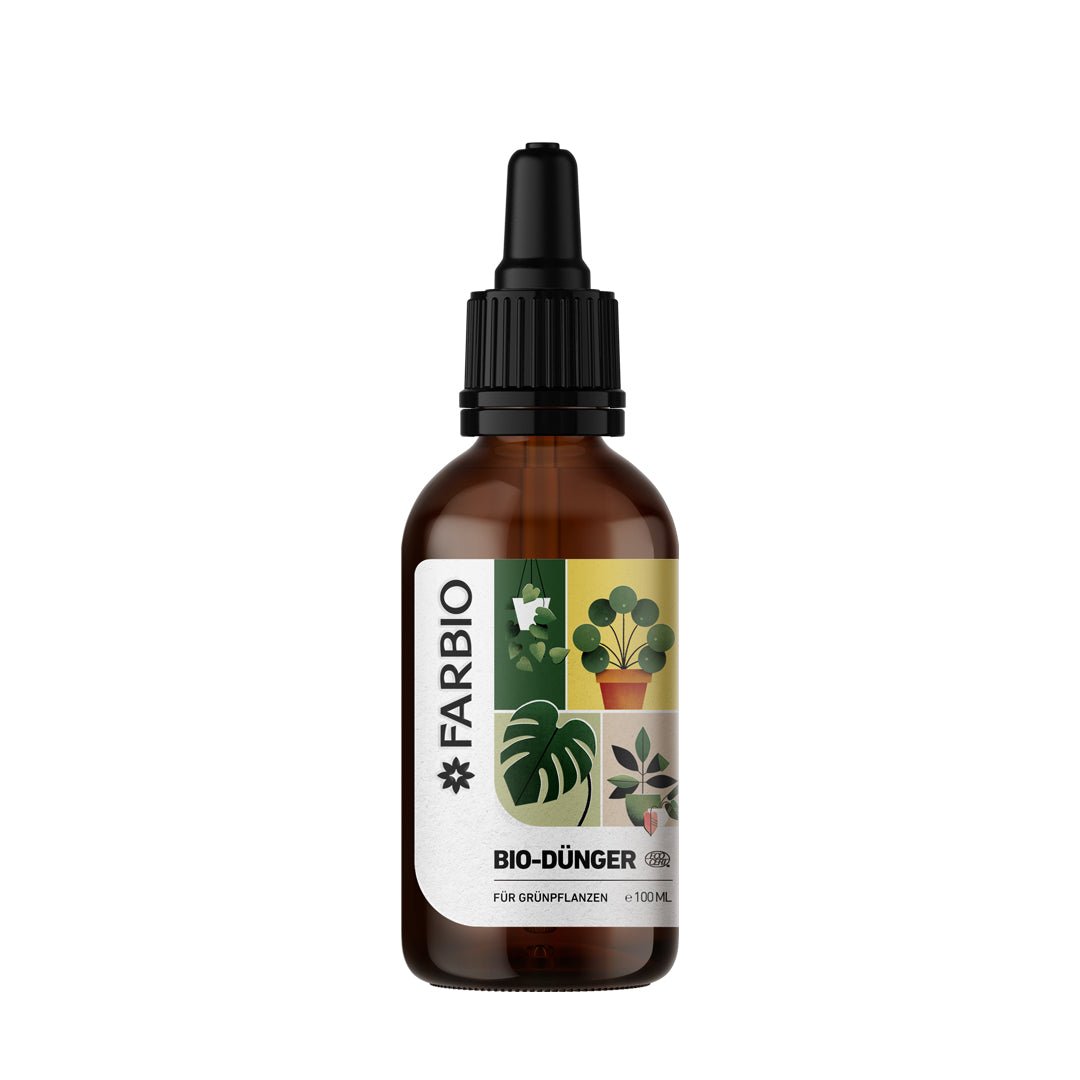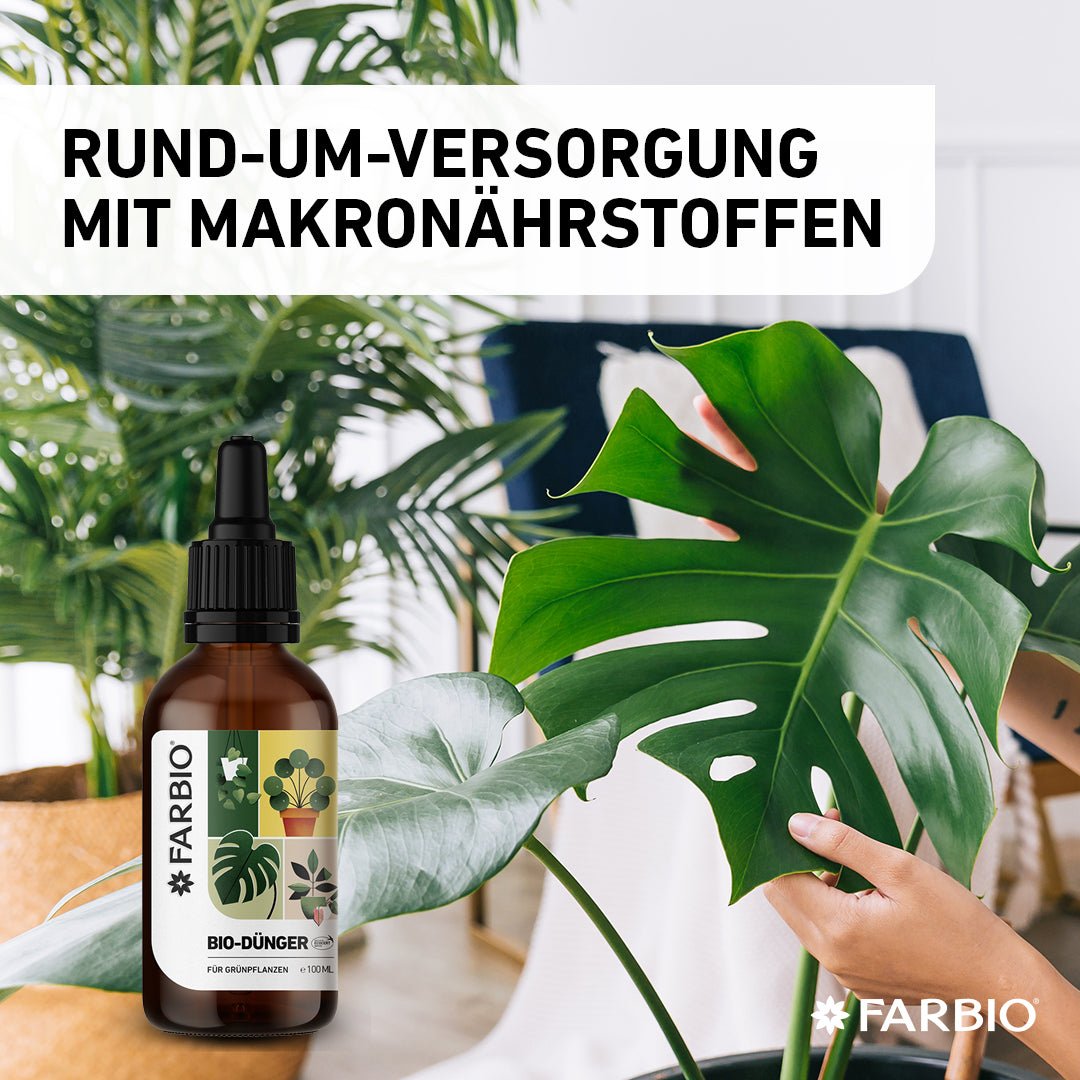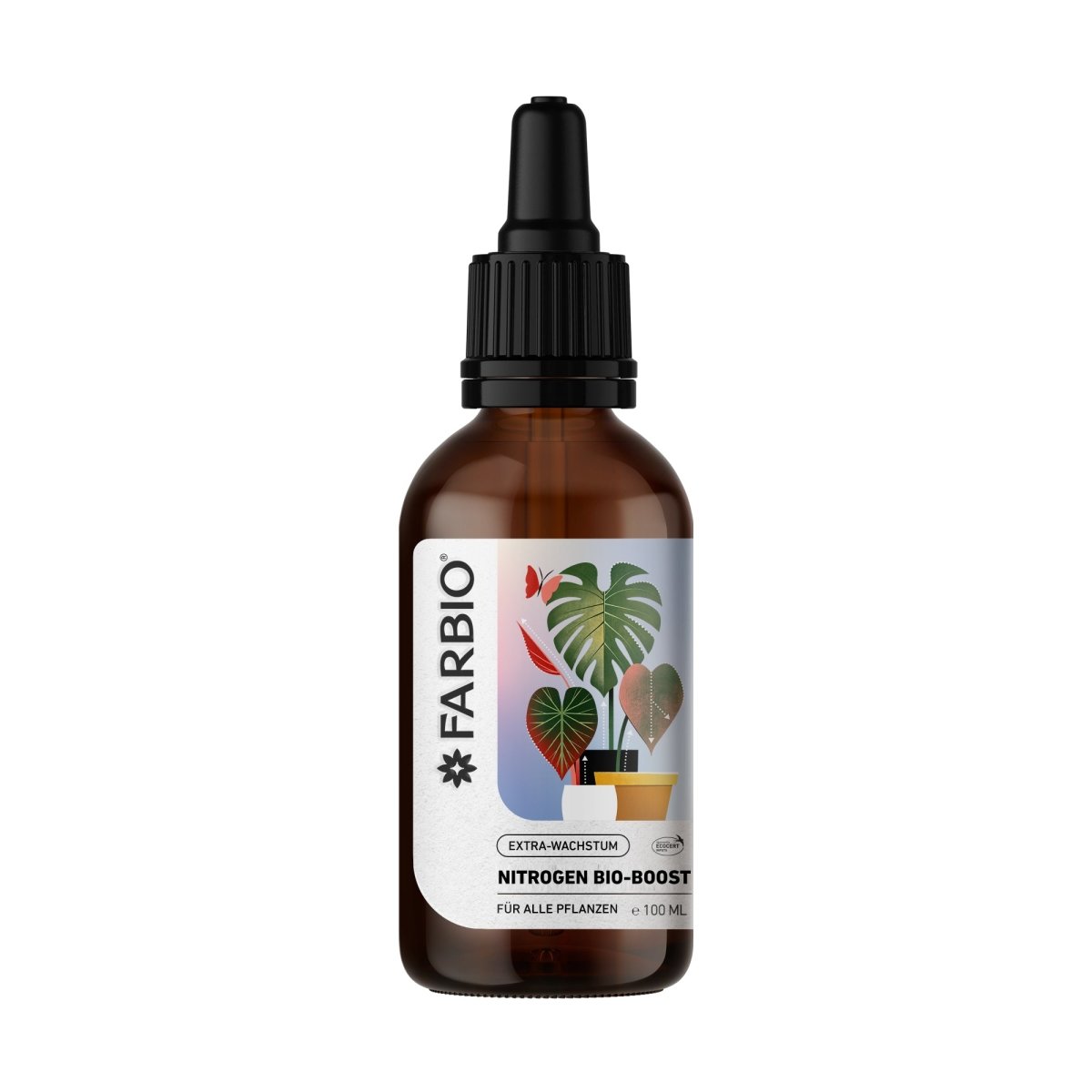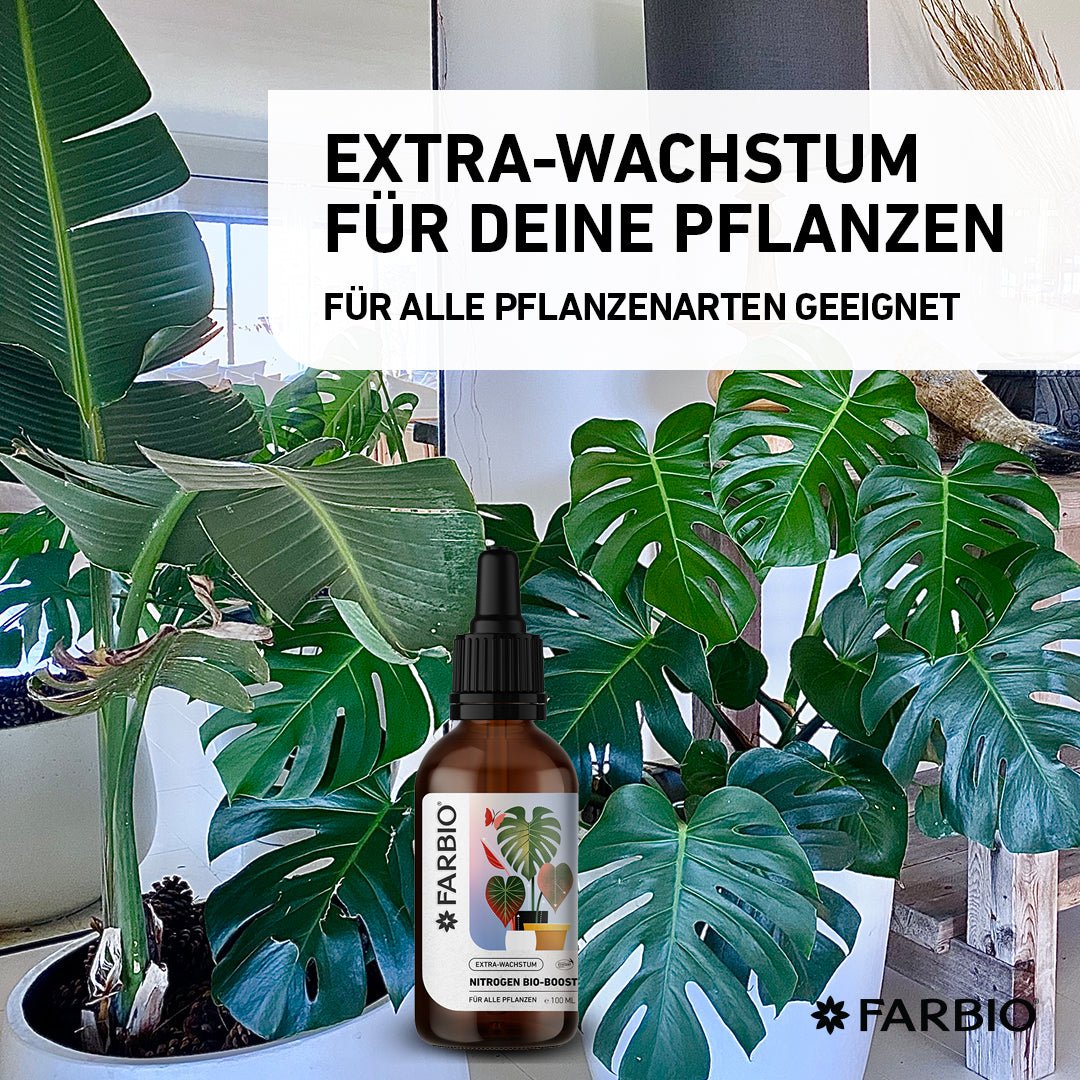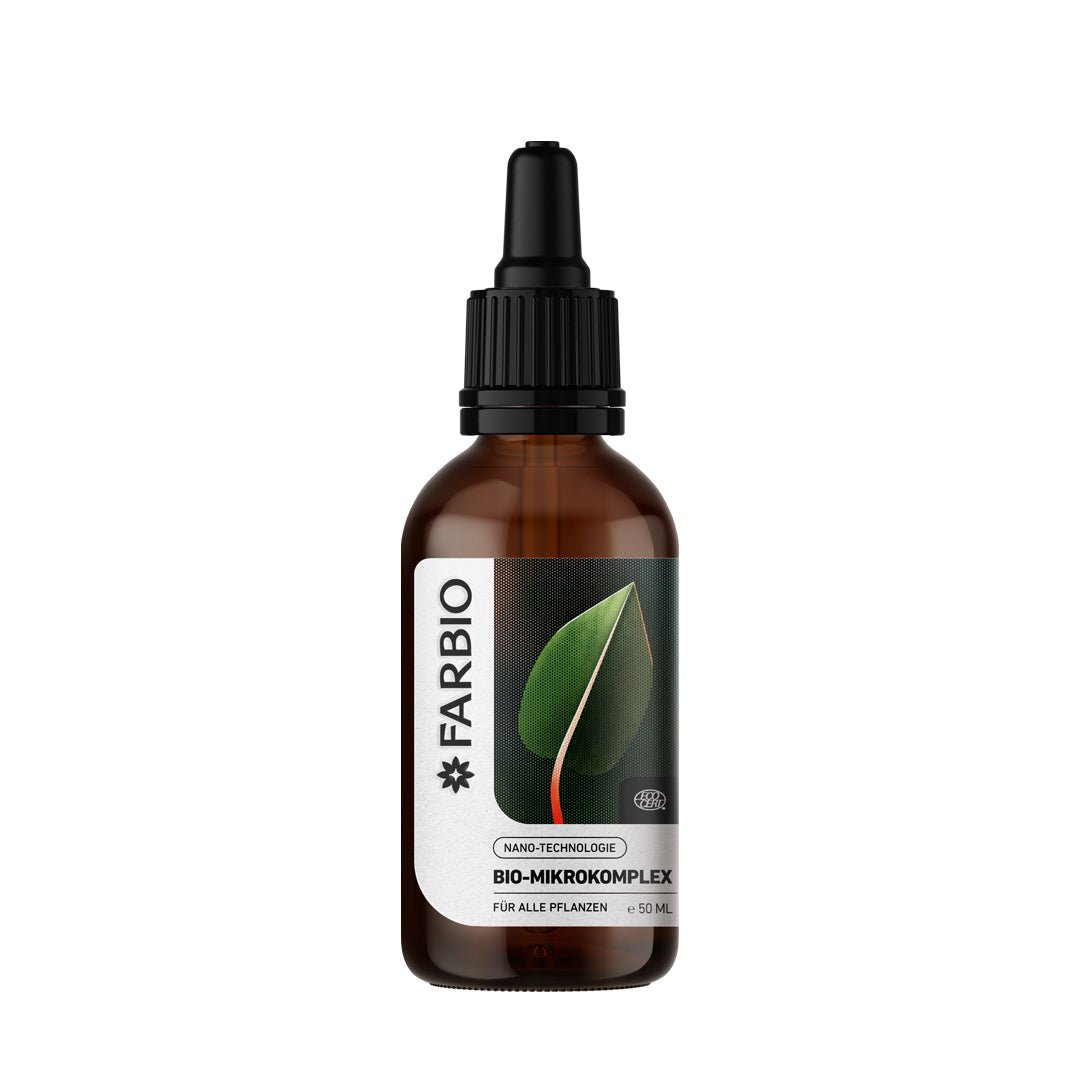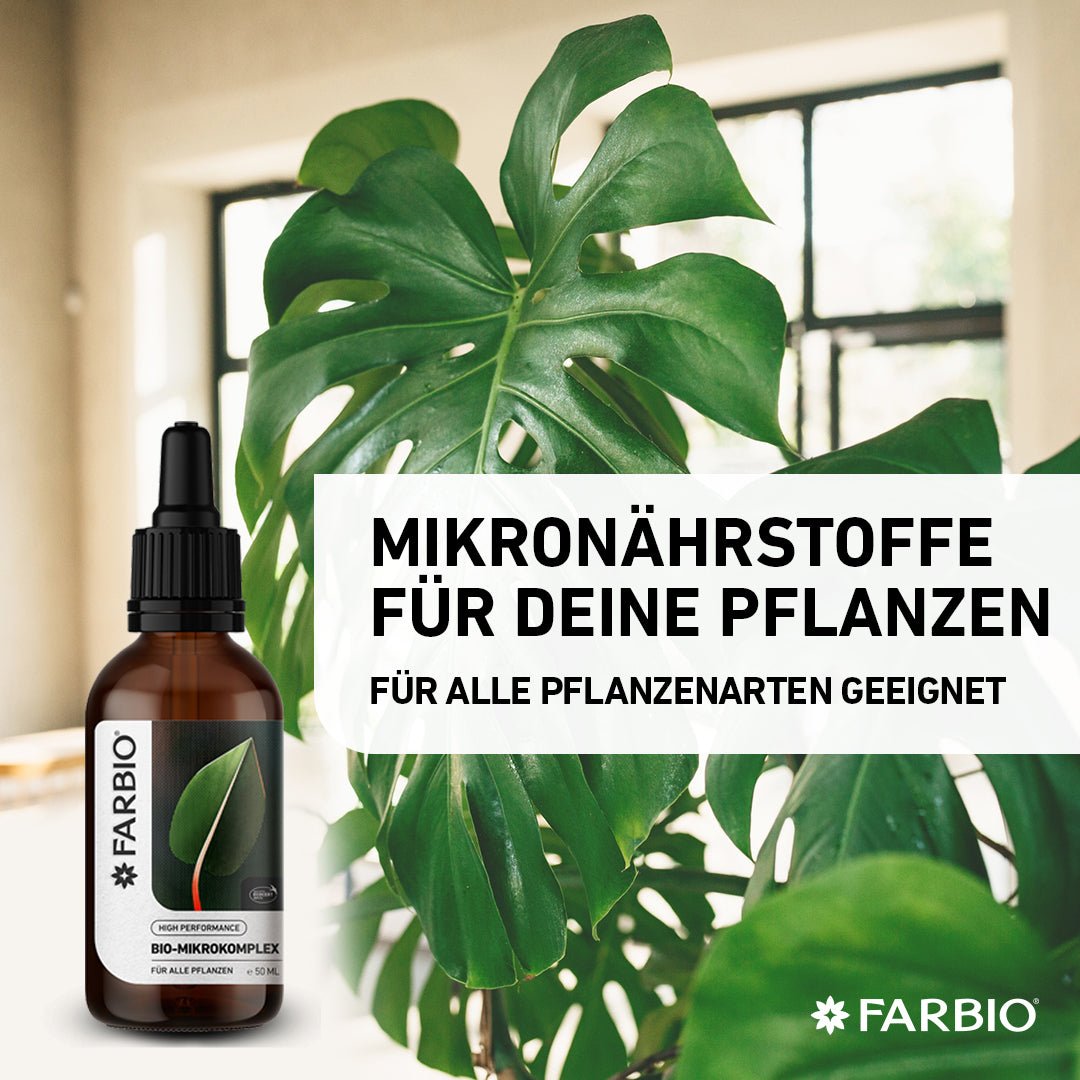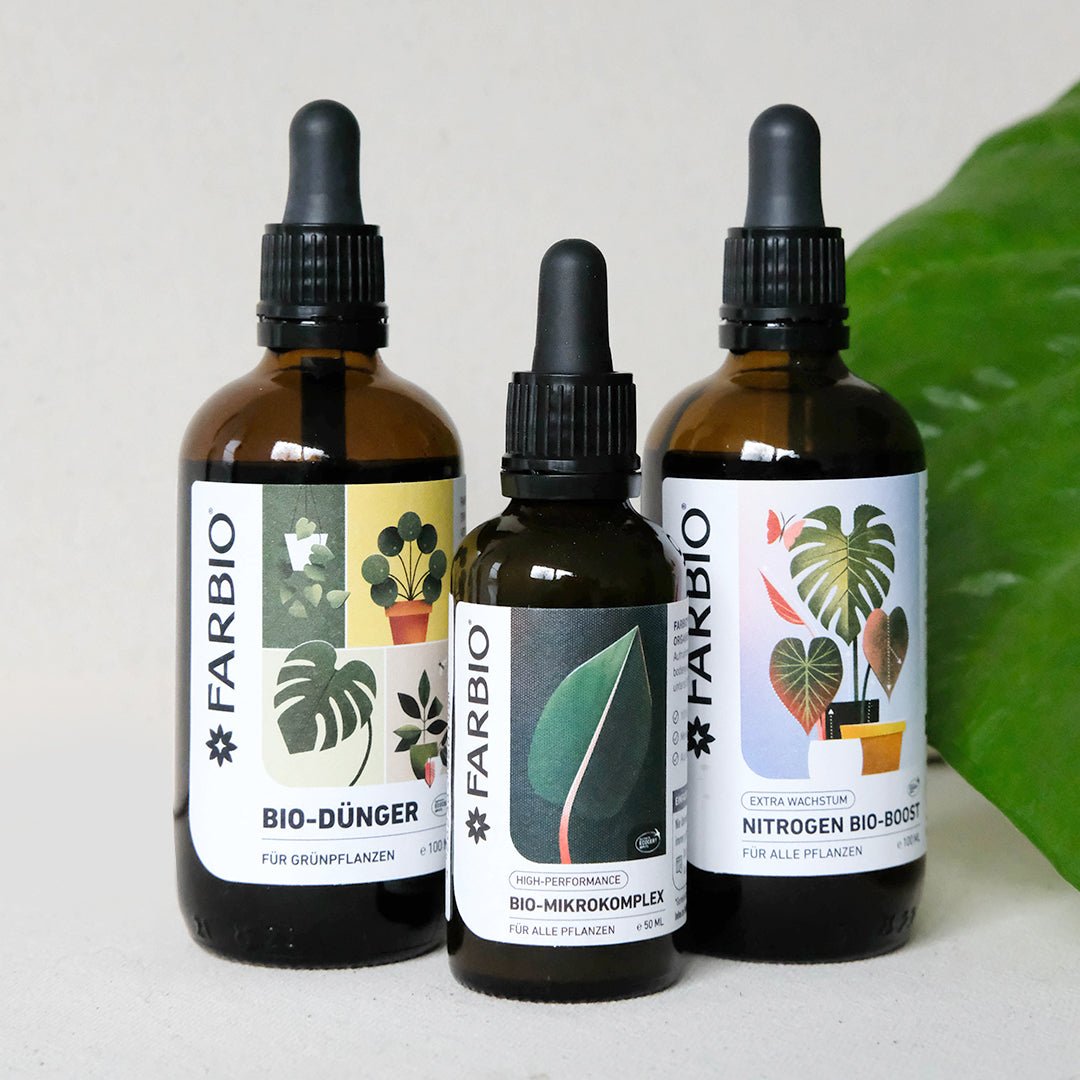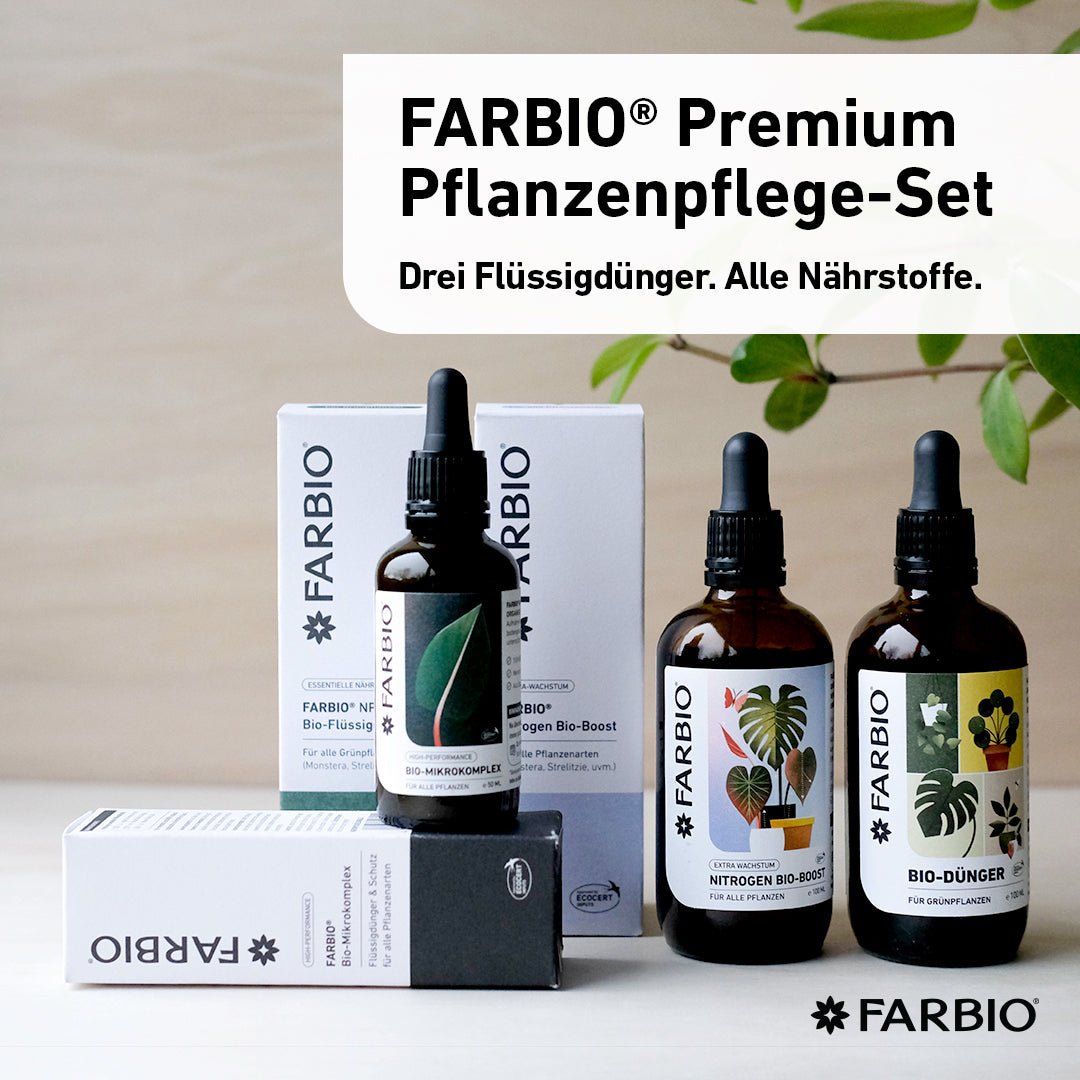The string of hearts plant (Ceropegia woodii) is a charming succulent whose long, up to 2 meter long strands are adorned with small, green and white patterned heart-shaped leaves. It originally comes from South Africa and is popular for its undemanding care and its special appearance.
Care of the string of hearts plant
The long, heart-shaped leaves that grow along the long stems give this plant a unique look. You can keep it as a hanging plant or climbing plant. Because it is a succulent, Ceropegia woodii stores water in its leaves and stems, making it more resistant to drought. This means that it should be underwatered rather than overwatered.
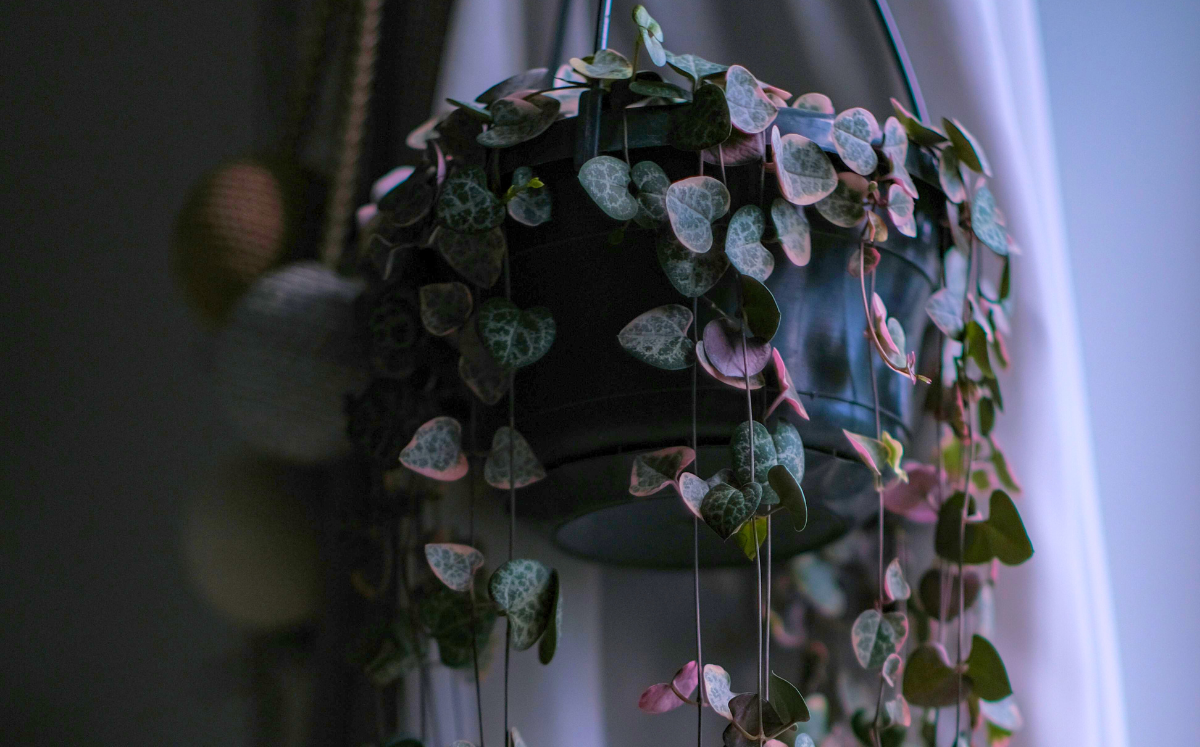
The ideal location
Its adaptability also extends to the location, as it also thrives in cooler, darker corners. However, it still prefers indirect light. A bright location without direct sunlight is ideal to avoid burning the leaves and at the same time promote growth. The temperature should not fall below 15 degrees Celsius.
Air purification
Similar to many other houseplants, the string of hearts plant helps improve air quality by absorbing pollutants and producing oxygen, making it not only a decorative but also a functional addition to interior spaces.

Repotting and substrate
The string of hearts plant thrives best in a loose, well-drained substrate with good drainage. Regular repotting every 1 to 2 years into a slightly larger pot with fresh soil promotes its growth and health. In this video you will learn everything about substrates for houseplants!
Fertilizing string of hearts
Organic fertilizers can be used for optimal growth of your houseplant. An organic liquid fertilizer provides the plant with all the important nutrients in a sustainable manner, while a special fertilizer such as FARBIO® Nitrogen Bio-Boost ensures intensive green leaves and magnificent growth. The string of hearts needs fertilizer every two weeks from March to October.

Is the string of hearts poisonous?
The string of hearts plant is non-toxic to humans or animals, making it a safe choice for homes with children and pets.
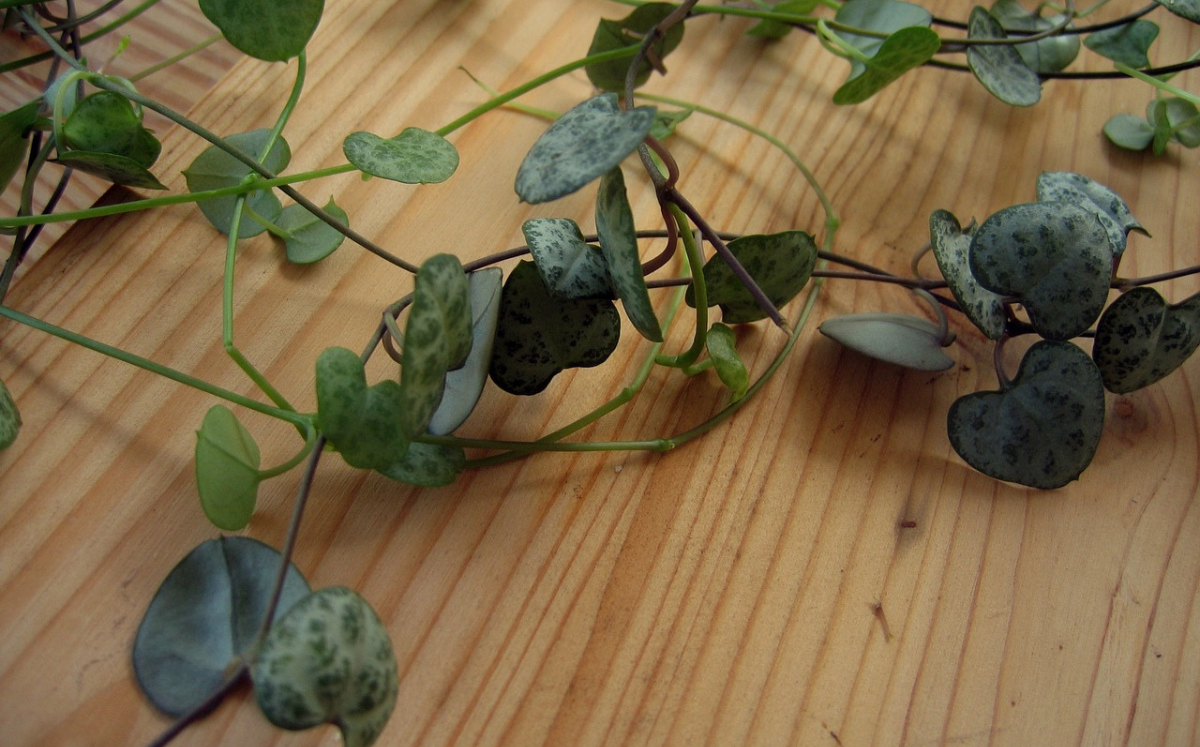
Propagating the plant
Propagation of this plant is easy and is best done by cuttings. The tips of the shoots can be cut off and placed in water or directly in the soil, where they will quickly form roots and grow into new plants.
Pest control
If there is a pest infestation, such as spider mites or mealybugs, a treatment with neem oil can help to protect the plant. It is important to thoroughly remove infested areas and then treat the plant to prevent further spread. You can find out more about controlling pests on your houseplant here!



